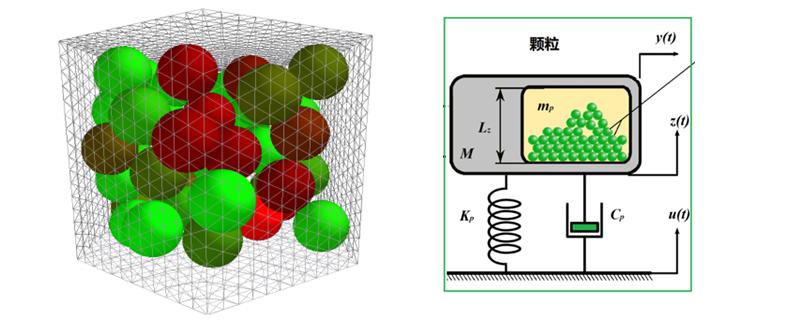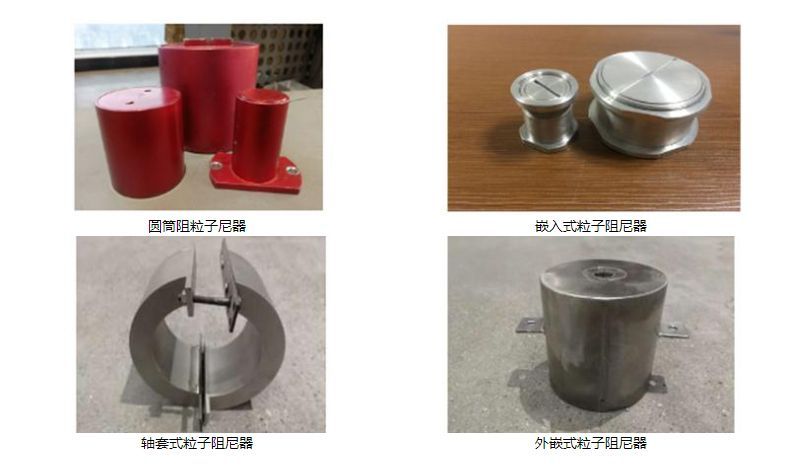2. Resistant to high temperature and harsh environment
3. Wide application
4. Small changes to the original structure
5. Substantial savings in metal material
Particle damping technology is a technology that provides damping by particles filled in the cavity (or additional cavity) of the vibrating structure. When the structure vibrates, there is collision and friction between the particles and between the particles and the vibrating container due to the motion coupling and energy transfer between the vibrating particle container and the internal particles so as to dissipate the energy of the vibrating main structure and achieve vibration reduction.
Particulate matter generally refers to a system composed of solid particles with particle diameter d>1μm, which is a complex nonlinear dissipative system far from the equilibrium state and different from the characteristics of general solids, liquids and gases. Therefore, particulate matter can be regarded as the "fourth material aggregation form" other than solids, liquids and gases.
From the perspective of energy, the generation mechanism of particle damping refers to the ability to lose vibration energy, that is, to convert the energy of mechanical and acoustic vibration into heat energy or other energy that can be consumed.

 1. Significant vibration and noise reduction effect
1. Significant vibration and noise reduction effect 